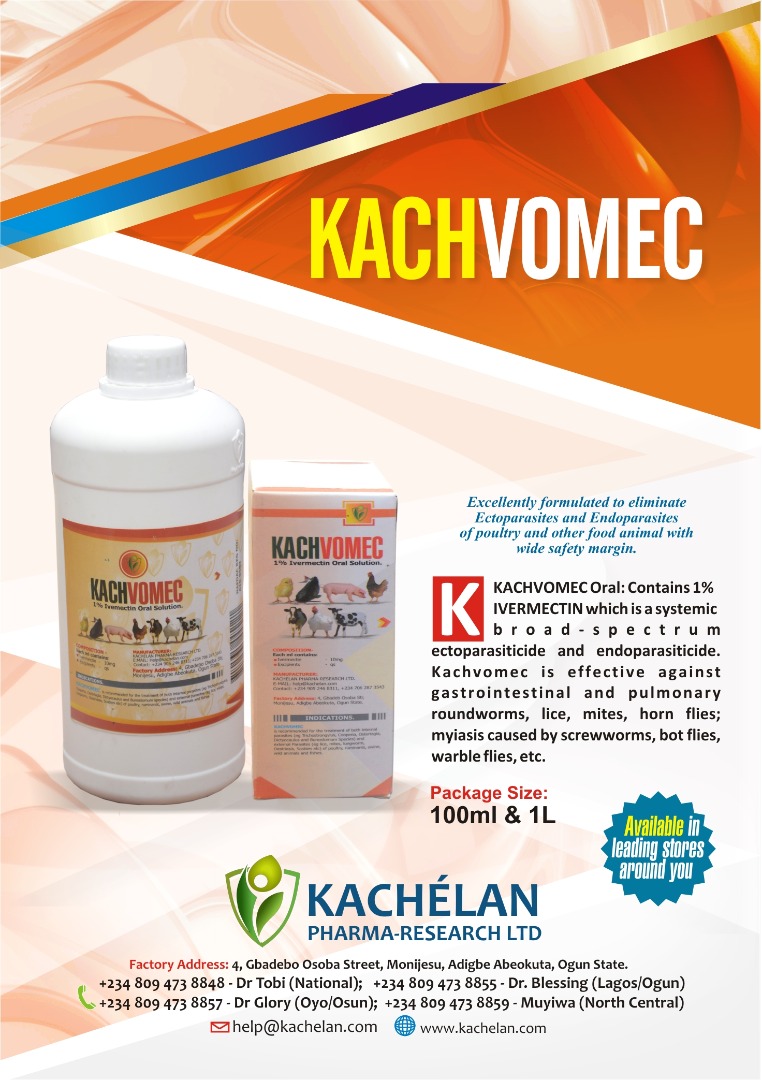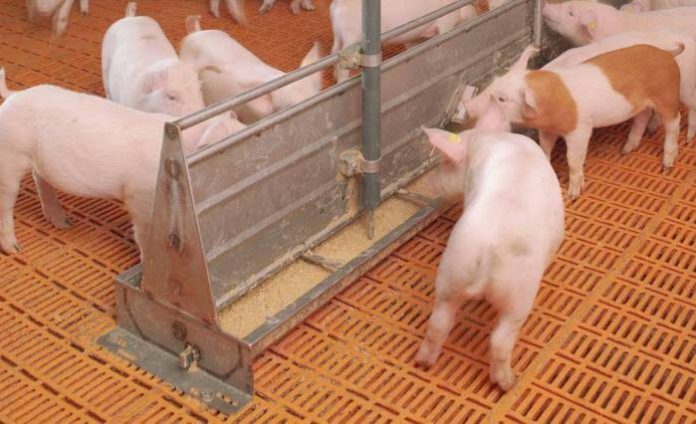General Guide To Pig Nutrition & Feeding
Pig’s optimal nutritional requirements change based on a variety of factors.
When feeding pigs, it is important to consider factors such as pig age, weight, and environment. With the festive season on its way, the Riverina Nutrition Team has collated a general guide to pig nutrition and feeding.
 Learn More
Learn More
Pig feeding can be divided into the following stages:
Farrowing/creep,
Weaner;
Grower;
Finisher; and/or Marketer stage.

Farrowing/ Creep Stage
For the first 3 to 4 weeks of their life, piglets will consume milk from sows and may consume a little bit of dry feed.
The main reasons for providing creep feed to piglets are:
To allow the piglet to become accustomed to dry food so they can transfer from liquid feed to dry feed easily
Boost the piglet’s nutrient intake, reducing the sow’s milking pressure and body resource loss so that sow can return to ovulation quicker.
The major focus of this stage is to make sure piglets are healthy and get used to dry feed. Apart from very good digestible ingredients such as cooked grains and animal proteins, creep/ starter feed may also include milk products as a source of lactose for energy, acidifier to eliminate bad bacteria in the gut, nucleotides to improve the immune system, and bacteria binders or toxin binders.
READ ALSO: Achieving Nutritional Balance with Alternative Feed in Pigs
Weaner Stage
After the farrowing stage, there is a 4-6 week weaning stage in which weaners from different farrowing pens are kept together. The digestive system of piglets at 3-4 weeks of age should be able to utilise all the common food ingredients.
Weaning lag is a major problem in this stage as weaners face numerous challenges and stressors, such as:
Fighting due to mixing pens with other unfamiliar piglets;
Difficulty of eating solid food;
Difficulty of finding/drinking water; and
Changing environment (from a cosy hut to a more open pen).
Strategies to reduce weaning stress include:
Providing creep feed (or the same feed of farrowing stage) in the first week of the weaning stage and then gradually changing to a weaning diet to reduce the stress of changing feed;
Showing piglets the locations of the drinking point and how the water drinker works. Once piglets start drinking, they will feed with fewer problems; and
Providing good quality, highly digestible ingredients and avoiding high levels of soybean meal. Although weaning pigs are able to utilise all food ingredients, oligosaccharides and soluble NSP (non starch polysaccharides) in soy meal is still likely to cause some detrimental effects on intestinal health. For this reason, soy meal inclusion levels are restricted to under 12%.
Abnormal behaviours, such as belly sucking/biting, can occur in weaner pigs, usually as a result of pigs not being able to find water and/or feed or not being used to dry feed. When piglets are hungry, they will suck or bite their pen mates’ bellies to look for milk. When piglets are stressed, they may also bite others’ ears and tails. Ensure that there is adequate feeding space and drinkers, and that there is no blockage in auger and water pipes. Water temperature may also affect water consumption.
READ ALSO: Preventing Parasite Build up in Pig Farming Systems
Grower Stage and Finisher Stage
The growing stage can be between 9-18 weeks, depending on which market the pigs are going into. If pigs are going into the porker market, where the maximum dress weight is 70-75 kg, then you can start feeding finisher feed after 16 weeks of age to ensure that pigs will be ready in week 20. If pigs are going into the baconer market, where the maximum dress weight is 95 kg, an extra 2-4 weeks is required. The finishing stage (or marketing stage) is 3-4 weeks before slaughter.
If piglets are sound and healthy, there should not be many issues during the growing and finishing stage. The main problems that occur during this stage are fat pigs, tail biting, prolapse, and twisted bowel.















